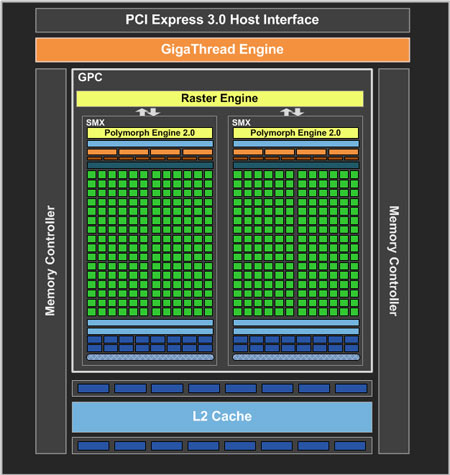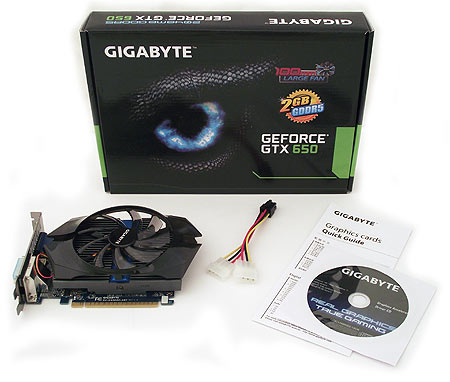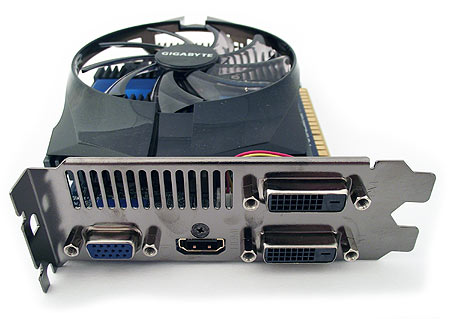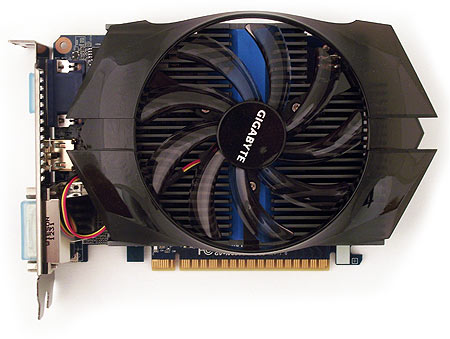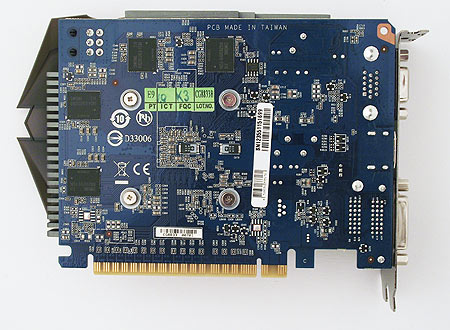Nvidia GeForce GTX 650 And 660 Review: Kepler At $110 And $230
We have two new graphics cards in the lab today: Nvidia's GeForce GTX 650 and 660, filling the gap between its GeForce GT 640 and GTX 660 Ti with Kepler derivatives. Are these GK107- and GK106-based boards able to challenge the Radeon HD 7750 and 7850?
GeForce GTX 650: Filling In The Gaps
Nearly six months have passed since Nvidia launched its Kepler architecture with the GeForce GTX 680, a card that we praised for its much-improved efficiency and raw performance. Since then, we've seen the company replace Fermi-based models with the GeForce GTX 690, 670, 660 Ti, and the GT 640, all leveraging the same technology.
AMD, which had already launched several of its own current-gen cards when Nvidia struck back, is fighting off the competition with performance-enhancing driver updates, deep price cuts, and BIOS-based overclocking of existing models. What was previously a stable graphics card market is now an all-out battleground, pockmarked with old price tags and new, more attractive deals. Of course, patient enthusiasts have to be loving it, while the gamers who jumped early continue to enjoy their high-end hardware.
In the more mainstream space, AMD's $110 Radeon HD 7750 and $210 Radeon HD 7850 are dominant, though. Nvidia is finally ready to throw some Kepler-based competition up against those quick and quiet budget-oriented boards. Today, we're being introduced to the GeForce GTX 650 at $109 and the GeForce GTX 660, expected to sell for $229.
Meet GeForce GTX 650
If this block diagram looks familiar, you probably saw it in Nvidia GeForce GT 640 Review: Cramming Kepler Into GK107. GeForce GTX 650 uses the same GK107 graphics processor as the existing GeForce GT 640. It sports two SMX clusters with a total 384 CUDA cores and 32 texture units, and it's capable of producing 16 full-color pixels per clock cycle thanks to two ROP clusters.
So far, the GeForce GTX 650 looks exactly the same as GeForce GT 640. So, what makes it different?
The GeForce GTX 650 has two distinct advantages over the GT 640: higher clock rates and GDDR5 memory. The GTX 650's 1058 MHz core clock is 158 MHz higher than the GT 640, but this is a relatively minor boost. The real performance boost comes from the GDDR5, which offers two times the bandwidth per clock cycle than DDR3. This improvement is key to the GeForce GTX 650's potential to compete with AMD's Radeon HD 7750.
Get Tom's Hardware's best news and in-depth reviews, straight to your inbox.
Let's have a closer look at this card as it compares to the playing field:
| Header Cell - Column 0 | GeForce GT 640 | GeForce GTX 650 | Radeon HD 7750 | GeForce GTX 550 Ti | GeForce GTS 450 |
|---|---|---|---|---|---|
| Shader Cores | 384 | 384 | 512 | 192 | 192 |
| Texture Units | 32 | 32 | 32 | 32 | 32 |
| Color ROPs | 16 | 16 | 16 | 16 | 16 |
| Fabrication process | 28 nm | 28 nm | 28 nm | 40 nm | 40 nm |
| Core (Shader) Clock | 900 MHz | 1058 MHz | 800 MHz | 900 (1800) MHz | 783 (1566) MHz |
| Memory Clock | 891 MHz DDR3 | 1250 MHz GDDR5 | 1125 MHz GDDR5 | 1025 MHz GDDR5 | 902 MHz GDDR5 |
| Memory Bus | 128-bit | 128-bit | 128-bit | 192-bit | 128-bit |
| Memory Bandwidth | 28.5 GB/s | 80 GB/s | 72 GB/s | 98.5 GB/s | 57.7 GB/s |
| Graphics RAM | 1 GB DDR3 | 1/2 GB GDDR5 | 1 GB GDDR5 | 1/2 GB GDDR5 | 1/2 GB DDR3 |
| Power Connectors | None | 1 x 6-pin | None | 1 x 6-pin | 1 x 6-pin |
| Maximum Thermal Design Power | 65 W | 64 W | 55 W | 116 W | 106 W |
| Price | $95-$110 (Newegg) | ~$109 (MSRP) | $100-$140 (Newegg) | $110-$150 (Newegg) | $100-$110 (Newegg) |
The GeForce GTX 650's memory bandwidth advantage over the GT 640 is huge. It also appears superior to the GeForce GTS 450 in almost every way, and should compete readily against the Radeon HD 7750 and GeForce GTX 550 Ti.
Originally, we expected the GeForce GT 640 to fall under $100. And at $110, the GeForce GTX 650 will almost assuredly push the lower-end board down to where it should have been at launch.
Gigabyte GeForce GTX 650 Overclock (GV-N650OC-2GI)
Gigabyte's GeForce GTX 650 is expected to sell for $140, which is $30 more than Nvidia's suggested price, and likely a result of the card's 2 GB of GDDR5. Less expensive models will include one gigabyte. A 1111 MHz core clock is 53 MHz above the reference specification, but the board's memory operates at the same 1250 MHz.
The GeForce GTX 650 does not feature GPU Boost, so any overclocking that happens beyond 1111 MHz is going to have to be manually-triggered.
Although the reference GeForce GTX 650 has two dual-link DVI ports and one mini-HDMI output, Gigabyte adds an analog VGA connection. All told, the card supports four screens operating concurrently: three in Surround mode and one extended desktop.
The card’s PCB is the same 5.5" long as the Afox GeForce GT 640 we've already reviews. But the GeForce GTX 650 stands a full 4.5"-tall, rather than occupying a half-height form factor. It requires a six-pin auxiliary power connector, which is somewhat surprising in light of Nvidia's claimed 64 W thermal ceiling. No SLI connector is available, so multi-card operation is not possible.
Gigabyte covers its GeForce GTX 650 with a large heat sink and a 100 mm fan that performs excellently in our noise and thermal testing. The plastic shroud around the cooler extends past the PCB, making the card look larger than it is.
Current page: GeForce GTX 650: Filling In The Gaps
Next Page GeForce GTX 660: Introducing GK106Don Woligroski was a former senior hardware editor for Tom's Hardware. He has covered a wide range of PC hardware topics, including CPUs, GPUs, system building, and emerging technologies.
